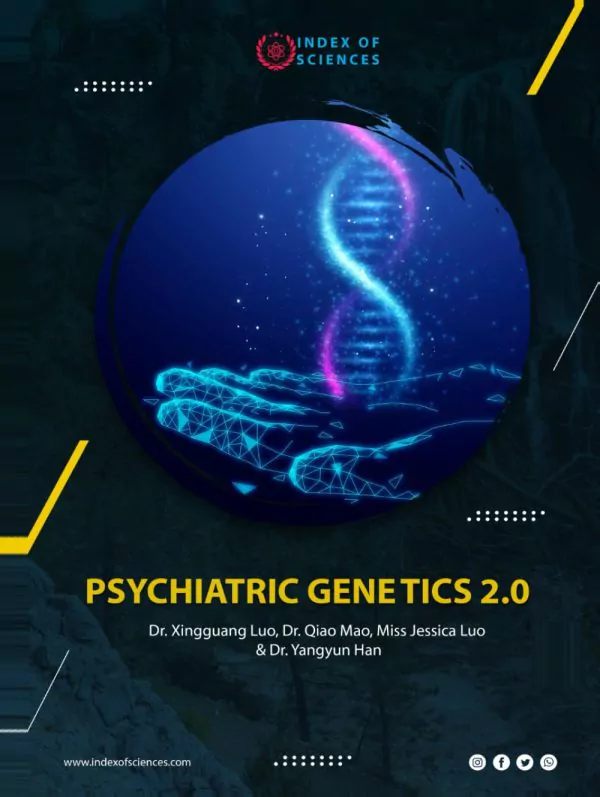Description
In an era marked by rapid advancements in genomic research, our understanding of the complex interplay between genetics and psychiatric disorders has undergone a transformative shift. “Psychiatric Genetics 2.0” represents a crucial step forward in unraveling the genetic basis of alcohol dependence, offering readers an in-depth exploration of key genome-wide association discoveries.
The authors bring together their collective expertise to present a meticulously crafted compilation of research findings, culminating in a detailed examination of specific genetic variants, pathways, and regions associated with alcohol dependence. From genome-wide association studies to exome-wide investigations, the chapters in this book traverse the vast genetic landscape, shedding light on both common and rare variants contributing to the risk of alcohol dependence.
The journey begins with Chapter 1, offering a succinct yet thorough summary of genome-wide association discoveries. Subsequent chapters build upon this foundation, delving into gene- and pathway-based studies (Chapter 2), exome-wide associations with risk nonsynonymous variants (Chapter 3), and meta-analyses at a genome-wide scale (Chapter 4). The narrative unfolds further, unveiling specific risk regions like NKAIN1-SERINC2 in Europeans (Chapter 5) and rare SERINC2 variants (Chapter 6) that intricately shape the genetic fabric of alcohol dependence.
As we navigate through the chapters, the complexities of co-dependence are unveiled, from genome-wide significant signals in the IPO11-HTR1A region (Chapter 7) to replicable risk regions like PHF3-PTP4A1 (Chapter 8) and common and rare variants within PTP4A1-PHF3-EYS (Chapters 9 and 10). The exploration extends to sex chromosome-wide association analysis, unveiling male-specific risk genes (Chapter 11), and pinpointing KIAA0040 as a genome-wide significant risk gene (Chapter 12).
Chapter 13 broadens the scope, identifying replicable risk gene regions for both alcohol and nicotine co-dependence. The intricate dance of risk genes continues with a focus on ADH cluster and ALDH2 (Chapter 14), and the exploration concludes with a nuanced investigation into rare ADH variant constellations (Chapter 15).
This comprehensive compilation promises to be an invaluable resource for researchers, clinicians, and anyone interested in the cutting-edge developments at the intersection of psychiatric genetics and alcohol dependence. As we embark on this genetic journey, may the insights within these pages inspire further inquiry and contribute to the ongoing dialogue surrounding the complex nature of psychiatric disorders.


